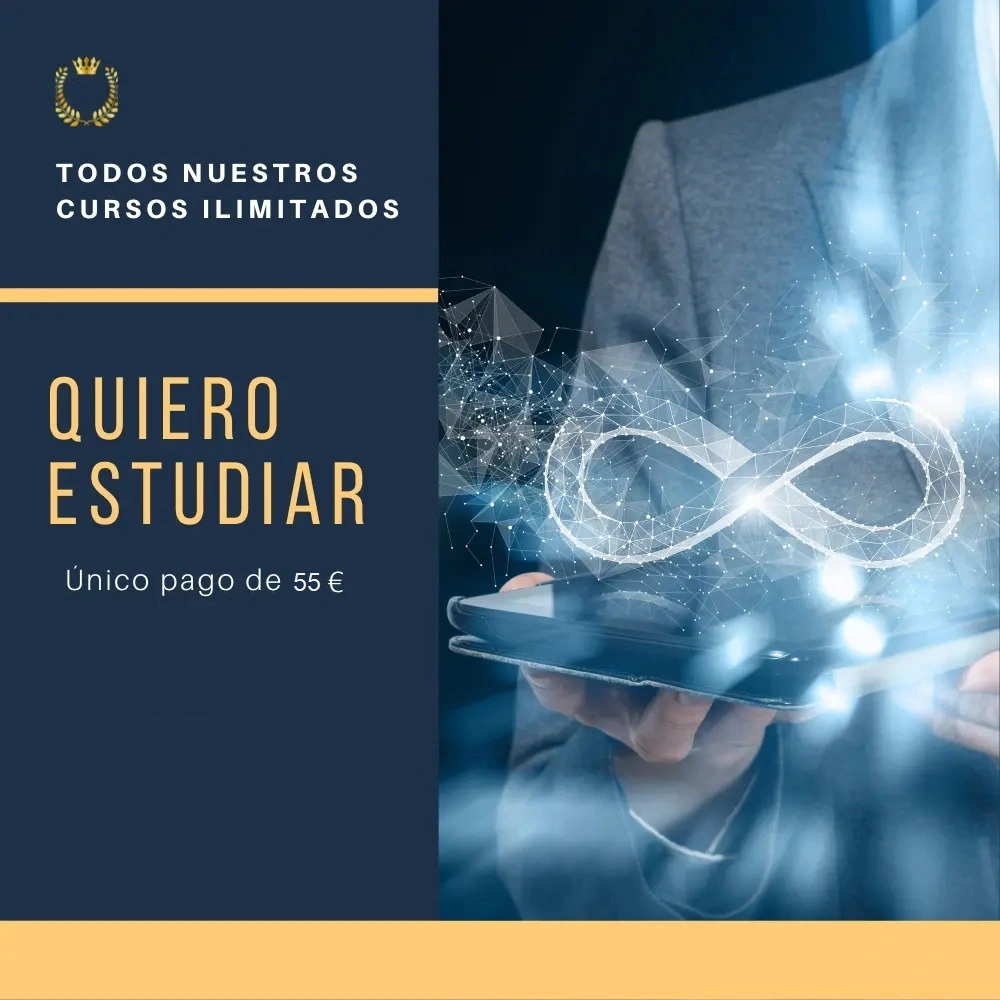Transcription Creating Effective To-Do Lists: From Paper to Digital
The Chaos of Scattered Lists: An Obstacle to Clarity
One of the biggest enemies of productivity and peace of mind is fragmentation.
Often, our intentions and to-dos are scattered in an archipelago of disjointed media: a sticky note on the monitor, a jot on a scrap of paper, a list in a notebook, another on the cell phone, and mental reminders floating in the ether.
This disorganized system is a recipe for disaster. Not only does it increase the likelihood of forgetting important commitments, but it generates a constant feeling of overwhelm and lack of control.
The mental energy wasted trying to remember and keep track of all these scattered sources is enormous.
When we look around us and see a sea of reminders, it is impossible to focus on any one thing.
Instead of having a clear plan, we are faced with visual and mental noise that paralyzes us and prevents us from moving forward with a defined purpose.
The Centralized Solution: The Power of a Single Physical Notebook
The first and simplest solution to this chaos is centralization. Adopting the habit of recording all tasks, ideas and notes in a single place is a transformative step.
A physical notebook that you carry with you everywhere you go can become your personal command center.
Whether it's a meeting with a client, an idea for a project or a shopping list, it all goes in one place. This method has several advantages.
First, it creates a "single source of truth," eliminating the anxiety of having to search for information in multiple places.
Second, the physical act of writing helps you process and remember information better.
And third, having a chronological record of your thoughts and commitments in one place allows you to reflect on your progress and work patterns.
This simple but robust system brings a clarity and focus that is impossible to achieve when our tasks are scattered.
Evolving to Digital: Tools for Advanced Organization
Although the physical notebook is an excellent tool, digital technology offers advanced functionalities that are especially useful for managing more complex projects or collaborating with others.
Applications such as Trello or Google Keep allow for a more structured and visual organization.
Instead of a linear list, these tools use systems of "boards" or "cards" that allow tasks to be grouped by category.
For example, in Trello, you can create a board for your personal life and another for your work, and within each, have columns for "Ideas", "In Process" and "Finished".
You can attach files, set due dates and, most importantly, share boards with others to collaborate on projects.
Google Keep is ideal for quick notes, checklists and reminders.
These digital tools not only centralize information, but make it accessible from any device, flexible and easily shareable.
Synergy between Analog and Digital for a Robust System
You don't have to choose between paper and screen; in fact, the most effective systems often combine the best of both worlds.
You can use your physical notebook for daily planning and quick note-taking, capturing ideas as you go.
Then, you can transfer the most important tasks and projects to your digital system for long-term tracking and more detailed organization.
This synergy allows you to enjoy the immediacy and focus of paper, along with the power and flexibility of digital tools.
In addition, to mitigate "notebook loss," you can implement a simple safety habit: at the end of each day or week, take a photo of important pages and save it to a cloud service.
In this way, you create a digital backup of your most valuable information, building a personal organization system that is at once tangible, powerful and fail-safe.
Summary
One of the biggest enemies of productivity is fragmentation, with to-do lists scattered across multiple media. This creates overwhelm and lack of clarity, making it almost impossible to maintain focus on real priorities.
The first solution is centralization in a single physical notebook. Having all notes and tasks in one place creates a source of truth that reduces the mental load and brings clear focus to your day.
Digital tools like Trello or Google Keep offer more advanced organization, allowing you to group tasks by project and collaborate with others. The synergy between analog and digital creates a robust and flexible personal system.
creating effective to do lists from paper to digital



